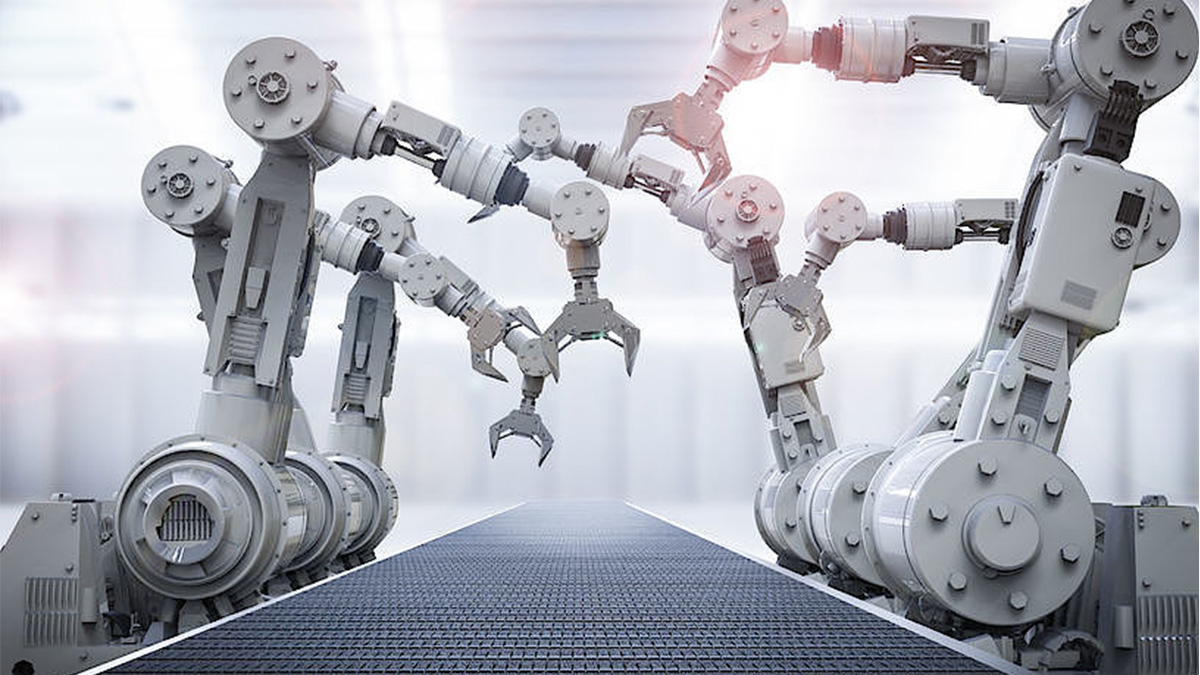Robotic process automation (RPA) is a technology that mimics the way humans interact with software to perform high-volume, repeatable tasks. RPA technology creates software programs or bots that can log into applications, enter data, calculate and complete tasks, and copy data between applications or workflow as required.
Robotic process automation (RPA) combined with AI and machine learning, is growing in popularity because it can reduce costs, streamline processing, and drive better customer experiences. Another attraction of RPA software is that business units can implement it without their having to learn new tools or ask IT teams for support and without changing an organization's underlying IT infrastructure.
As RPA has grown in popularity, enterprises have seen the need to integrate RPA process automations into their IT systems. While RPA automations can dramatically speed up a business process previously handled by humans, bots can break when application interfaces or process workflows change.
Newer RPA tools use AI, machine vision and natural language processing to mitigate breakage problems. Modern RPA platforms also provide some integration with centralized IT governance and management capabilities, making it easier to scale the use of RPA across the enterprise.
How Does RPA Work?
RPA mirrors the way people are accustomed to interacting with and thinking about software applications. RPA's ability to copy the way humans perform a computer-based process has contributed to its popularity compared with automation tools such as application programming interfaces (APIs) or low-code development that are more scalable but less intuitive or require expert knowledge to use.
The simplest RPA bots can be created by recording the clicks and keystrokes as a user interacts with an app. When problems emerge, a user can simply watch how the bot is connecting with the app and identify the steps that need to be fine-tuned.
In practice, these basic recordings often serve as a template for building more robust bots that can adapt to changes in screen size, layout or workflows. More sophisticated RPA tools use machine vision to interpret the icons and layout on the screen and make adjustments accordingly.
In other RPA implementations, process mining and task mining tools are used to automatically capture business process workflows that serve as starting templates for RPA automations. The process mining can analyze the logs of ERP and CRM applications, for example, to automatically generate a map of common enterprise processes. Task mining tools use a locally running app with machine vision to capture a user's interactions across multiple apps. All the major RPA vendors are starting to develop these kinds of process mining integrations.
RPA tools can also be connected to AI modules that have capabilities like OCR, machine vision, natural langue understanding or decision engines, resulting in what is called intelligent process automation. These capabilities are sometimes packaged into cognitive automation modules designed to support best practices for a particular industry or business process.
Who Is Using RPA?
RPA is used in most industries, particularly those that include repetitive tasks such as insurance, banking, finance, healthcare and telecommunications. Some of the top applications of RPA include the following:
Customer service: RPA helps companies provide better customer service by automating contact center tasks, including verifying e-signatures, uploading scanned documents and verifying information for automatic approvals or rejections.
Financial services: Companies in the financial services industry use RPA for foreign exchange payments, automating account openings and closings, managing audit requests and processing insurance claims.
Healthcare: Medical organizations use RPA for handling patient records, claims, customer support, account management, billing, reporting and analytics.
Supply chain management: RPA can be used in supply chain management for procurement, automating order processing and payments, monitoring inventory levels and tracking shipments.
What Are the Challenges of PRA?
However, besides all the benefits from using RPA, it also comes with some challenges. And, what are they? Keep these in mind while implementing your own PRA.
RPA Achieves Short Term Results: RPA solutions offer seamless implementation benefits and better user experience. This can be achieved for short term issues and we can benefit from it. But when we think about achieving long term results, it requires complex omni-channel platforms and frequent workflow review and optimization.
Lack Of Capability: RPA tools available today are very advanced but machine learning capabilities are still limited. The full potential of automation will be made possible when AI and machine capability are integrated with RPA tools.
Ownership: Who owns RPA solutions? A lot goes into RPA design. The business needs to provide the project requirements, IT teams need to design the program, solutions need to be evaluated for feasibility, and user acceptance testing (UAT) needs to be conducted to predict the success rate. IT teams play a limited role and are primarily restricted to providing infrastructure support and test data creation.
Change Management: Business and IT teams need to collaborate and proactively provide system and business updates to RPA support teams to update scripts, once they are in the production. They may create additional challenges if multiple applications are used in the process. Any change in the front-end UI will impact the RPA script, hence, the outcome.
Employee Resistance and On-Boarding: This is one of the biggest challenges and pertains to all companies due to a simple fact that people fear change by nature. Any changes that accompany implementation of a new technology can be stressful for employees as they might experience shifts in their responsibilities. Frequent communication from company leaders and executive sponsors to ensure employees are fully informed about what is expected of them throughout the implementation process is essential to successful adoption. Fostering a culture of innovation within the company will only further accelerate this adoption and remove behavioral resistance.
Conclusion
RPA technology is being increasingly deployed to perform time-taking tasks within business operations. As RPA software frees employees from manual tasks, automation can be implemented in any field where such actions can be verified. By employing robotic process automation, businesses can guarantee a higher ROI that can benefit them in the longer run.







.png)






